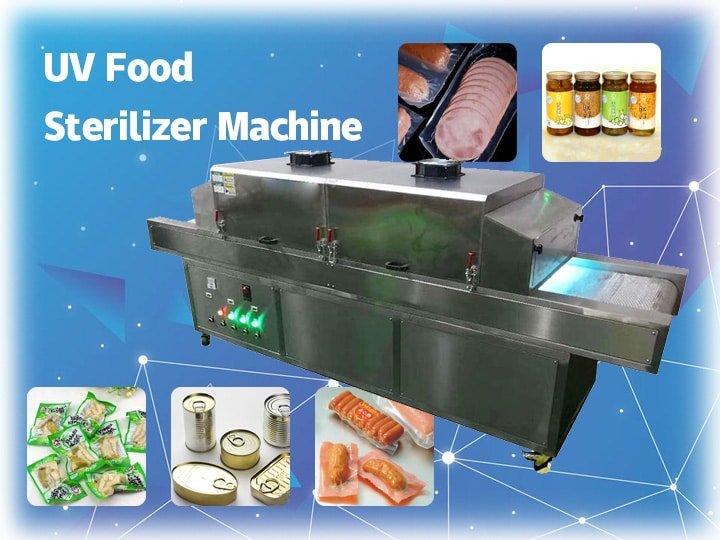How to sterilize canning jars?
In the food processing industry, the application of various canned bottles is very common. When using these cans, attention should be paid to sterilization. At present, the most commonly used sterilization method for canning jars is the ultraviolet sterilization method. The reason why the ultraviolet sterilization machine is used for canning jars sterilization is that…
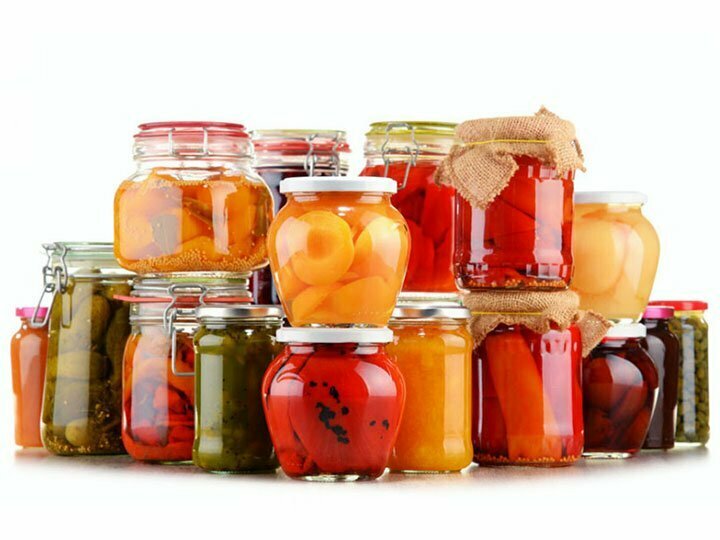
In the food processing industry, the application of various canned bottles is very common. When using these cans, attention should be paid to sterilization. At present, the most commonly used sterilization method for canning jars is the ultraviolet sterilization method. The reason why the ultraviolet sterilization machine is used for canning jars sterilization is that the ultraviolet sterilization does not produce residues, the sterilization time is short, and the operation is simple. The most important thing is that the UV sterilization effect is the best.
Two efficient sterilization methods for canning jars
Two sterilization methods are used for the canning jars sterilization shell: high-temperature sterilization and ultraviolet sterilization. Canning jars high-temperature sterilization machine is currently the most used sterilization equipment on the market. The UV sterilization machine is a new type of canning jars sterilization equipment, often used in the food processing industry.
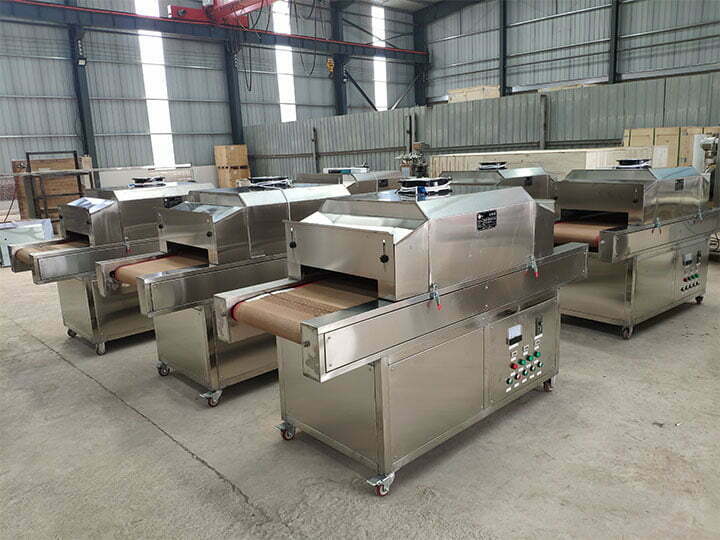
High-temperature sterilization machine for canning jars
When using a high-temperature sterilizer to sterilize canning jars, it should be noted that products with different packaging forms have different requirements for sterilization. The most important thing for products packaged in glass jars is to prevent the rapid temperature change of the product from rupturing the glass bottle when the product is heated and cooled; the main thing for flexible packaging products is to prevent the instantaneous pressure change when the product is cooling, and the package tearing. For metal can products is to prevent excessive pressure at low temperatures, which may cause product collapse.
High-temperature sterilization of canning jars must prevent the sudden rise and drop in temperature from rupture. Therefore, when using a high-temperature sterilizer, it is required to add warm water before raising the temperature. The temperature of the water is equal to or slightly higher than the can temperature (not higher than 20°C). Generally speaking, bottles must be cleaned and disinfected before packaging, and most of them are hot-filled so that the bottles also have a certain temperature.
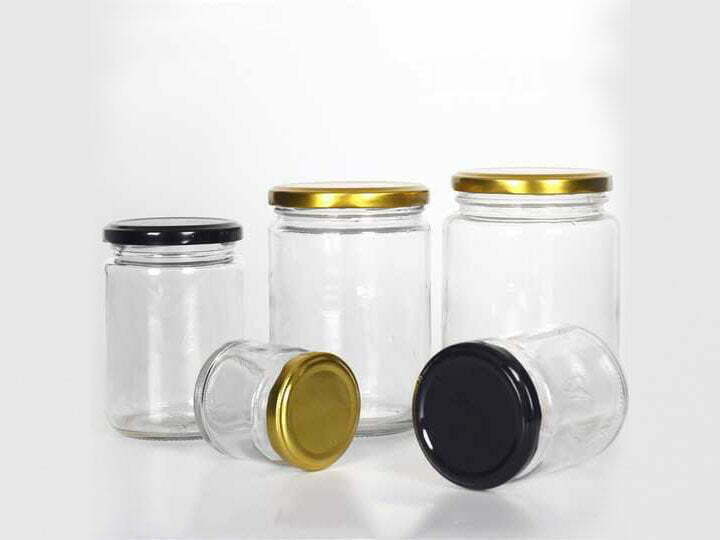
When cooling, add hot water lower than the water temperature in the sterilizer for cooling. At first, the cooling water temperature is 80-90°C, and then cooling water is continuously added, and hot water is continuously discharged. As the temperature in the sterilizer decreases, the temperature of the cooling water can be continuously reduced: When the temperature in the canning jar sterilizer drops below 100°C, you can use warm water around 60°C to cool; the temperature in the sterilizer drops to When below 80°C, you can use warm water around 40°C to cool down. Generally, canning jars can be taken out of the sterilizer after cooling to below 40°C.
UV sterilization machine for canning jars
The process of using a UV sterilizer machine to sterilize canned food is relatively simple, and the sterilization effect is better. The ultraviolet sterilizer is usually composed of a conveyor and a cover made of many ultraviolet light tubes. When the machine is working, we need to turn on the ultraviolet light in advance, then start the conveyor, and then place the canning jars on the conveyor in turn.
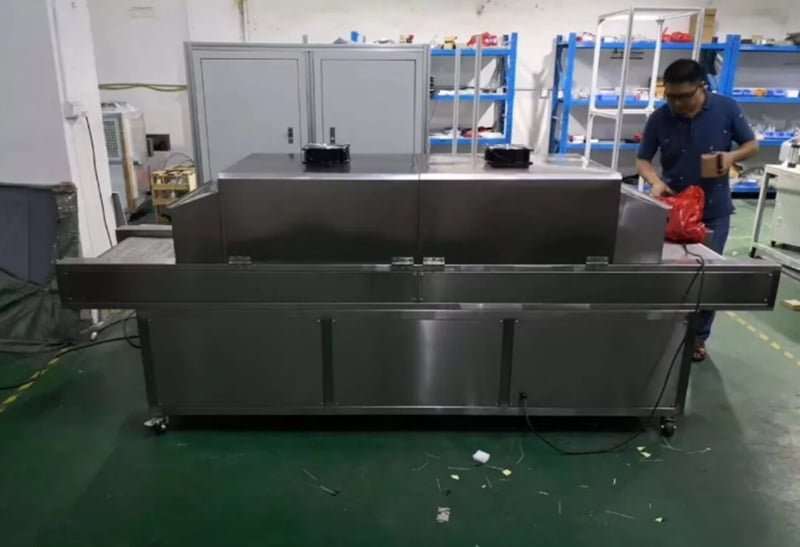
When canning jars enter the ultraviolet irradiated area, they will quickly sterilize. The sterilization process lasts about 3 minutes to 5 minutes, and then, the sterilized canning jars will be output from the other end of the UV sterilizer along the conveyor. The process of sterilizing canning jars by using an ultraviolet sterilizer does not require high-temperature heating, so the taste of canned food will not be affected, and the original quality of the product can be guaranteed. Therefore, this sterilization method is becoming more and more popular in the current market.
Related Content
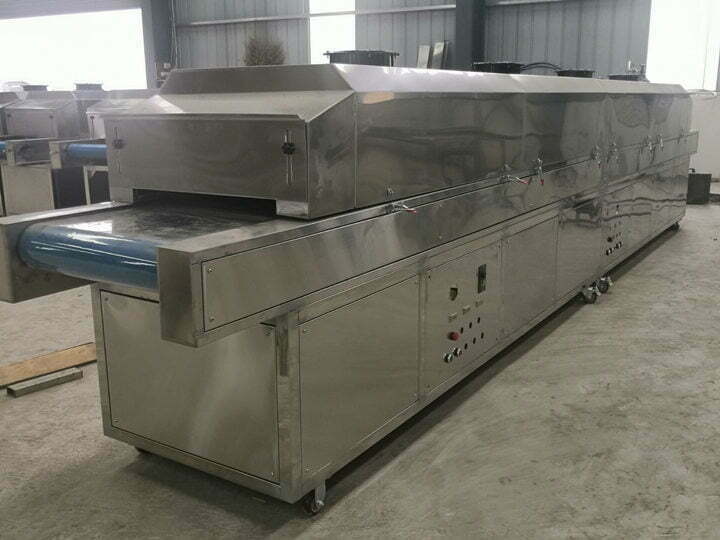
5-meter-long UV sterilization tunnel was exported to the Philippines

How to sterilize bottled chili sauce? Chili sauce sterilizer machine
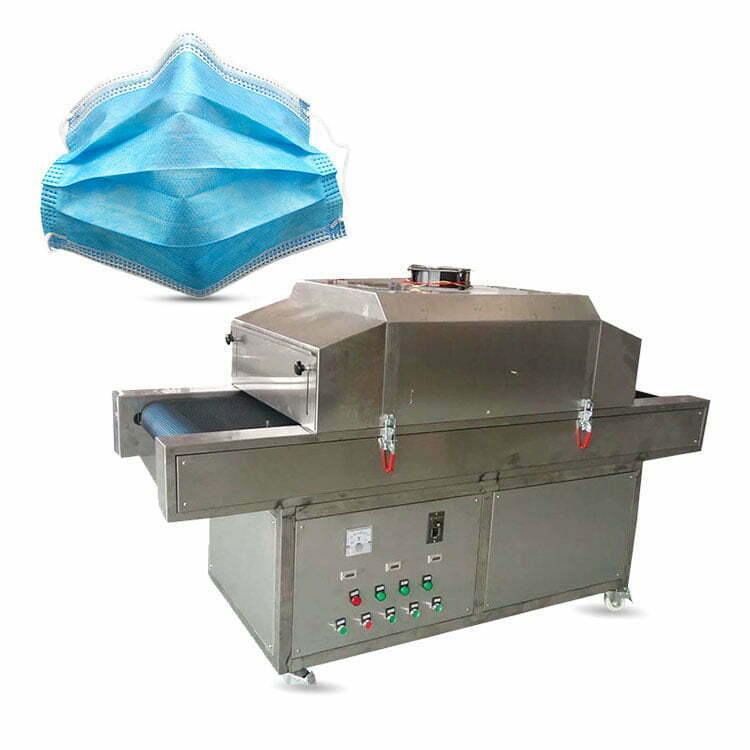
How does the UV sterilizer machine sterilize the medical mask?
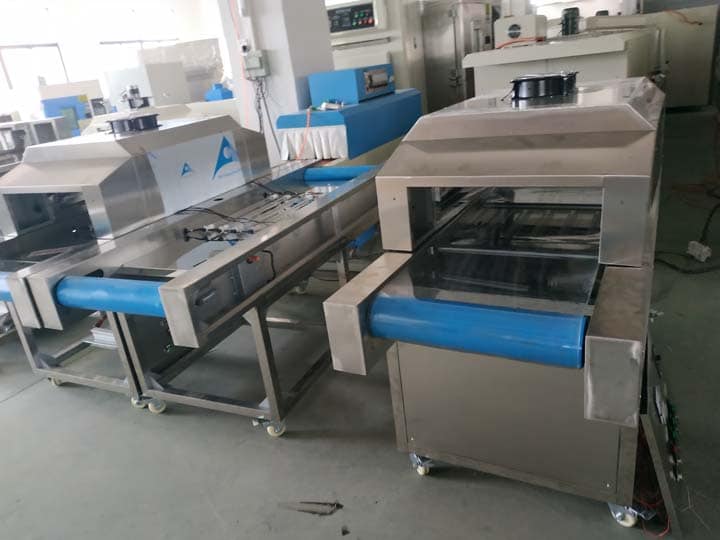
Commercial UV sterilizer was shipped to Thailand
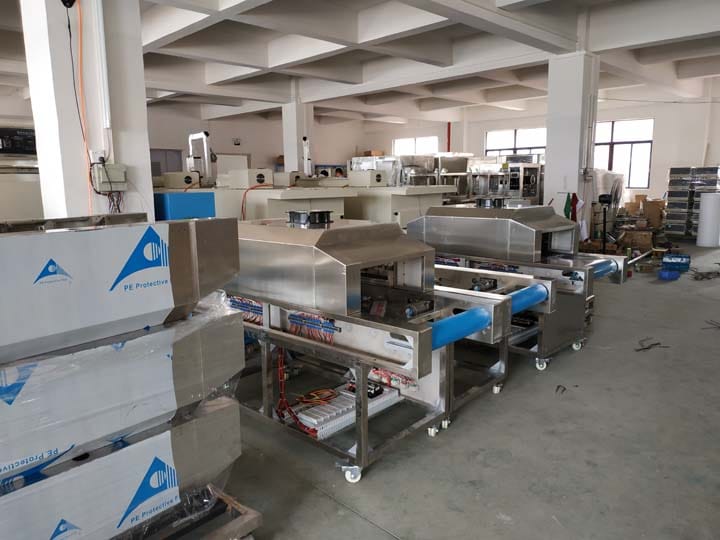
How to choose a good UV sterilizer machine?

What are the factors that affect the effect of ultraviolet sterilization?
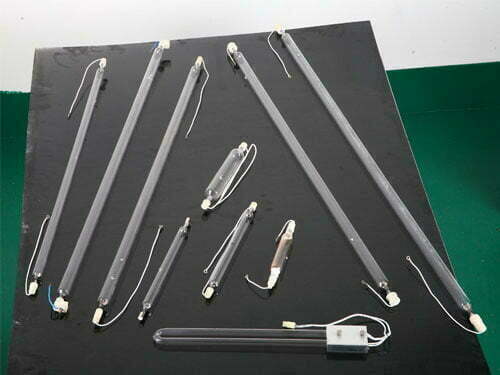
UV sterilization VS Ozone sterilization in drinking water treatment
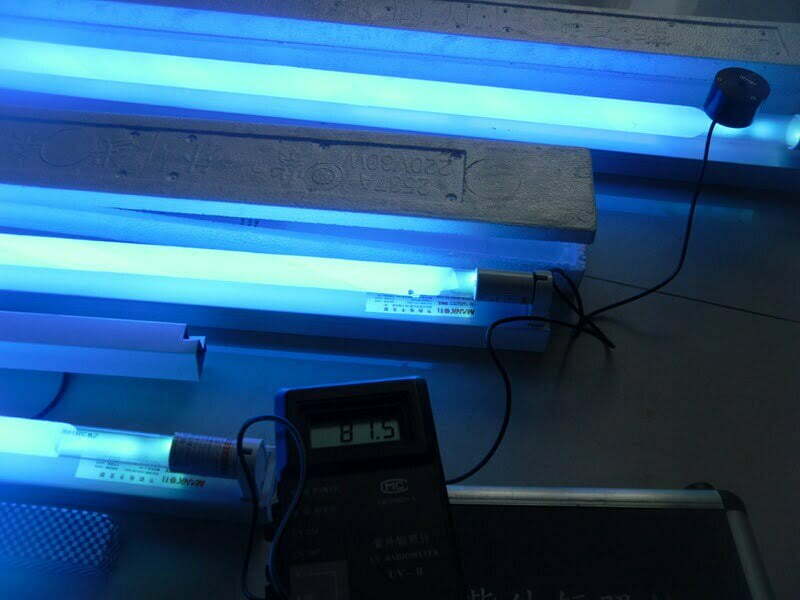
Is food sterilized by UV sterilizer harmful?
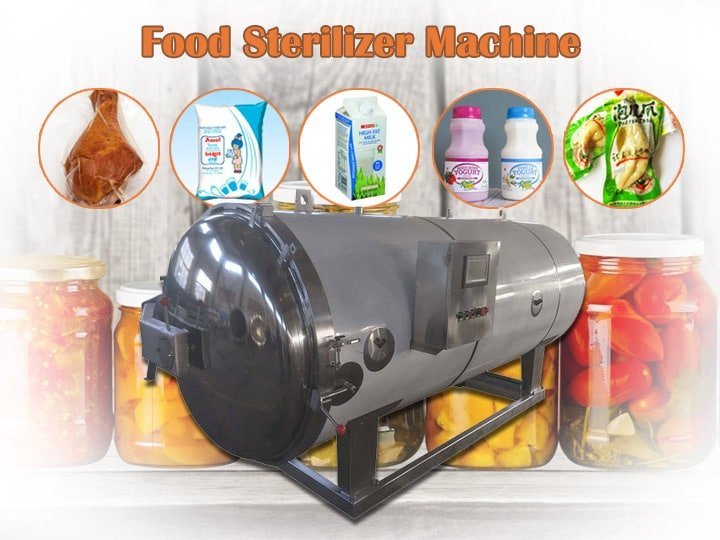
Food Sterilizer Machine | Food Sterilization Machine
